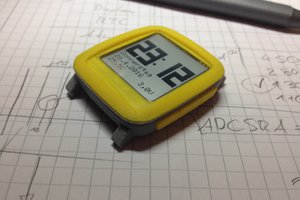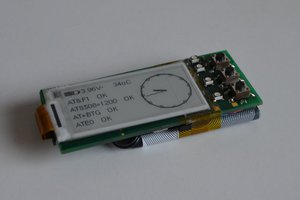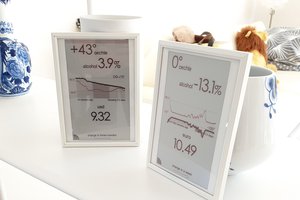This year I had a special gift for my girl. Earrings that feature an oled screen with animations of her favorite arcade game, Tetris. The original idea was to have tetris blocks fall from the top of the screen to the bottom and stack up. But in the End I had to settle with a simple scrolling animation of tetris blocks.
It uses a rechargeable lithium coin cell (LIR2032) to power a oled screen and an ATTiny85 micro-controller to control the content displayed.
Once the power switch is flipped the display initialized and cleared. Then the tetris blocks are drawn in a predetermined pattern. The display is set to auto scroll top to bottom and finally the microcontroller enters deep sleep without any way to return.
Github: https://github.com/HKay/oled-earrings
Youtube: https://www.youtube.com/watch?v=d6km96m5RsY




 Dominic Buchstaller
Dominic Buchstaller
 Max.K
Max.K
 Jara
Jara
 Altairish
Altairish
hey man, OSHPark added out a new service, with flexible PCBs at 3 boards at $10/cm2, you should look into it!